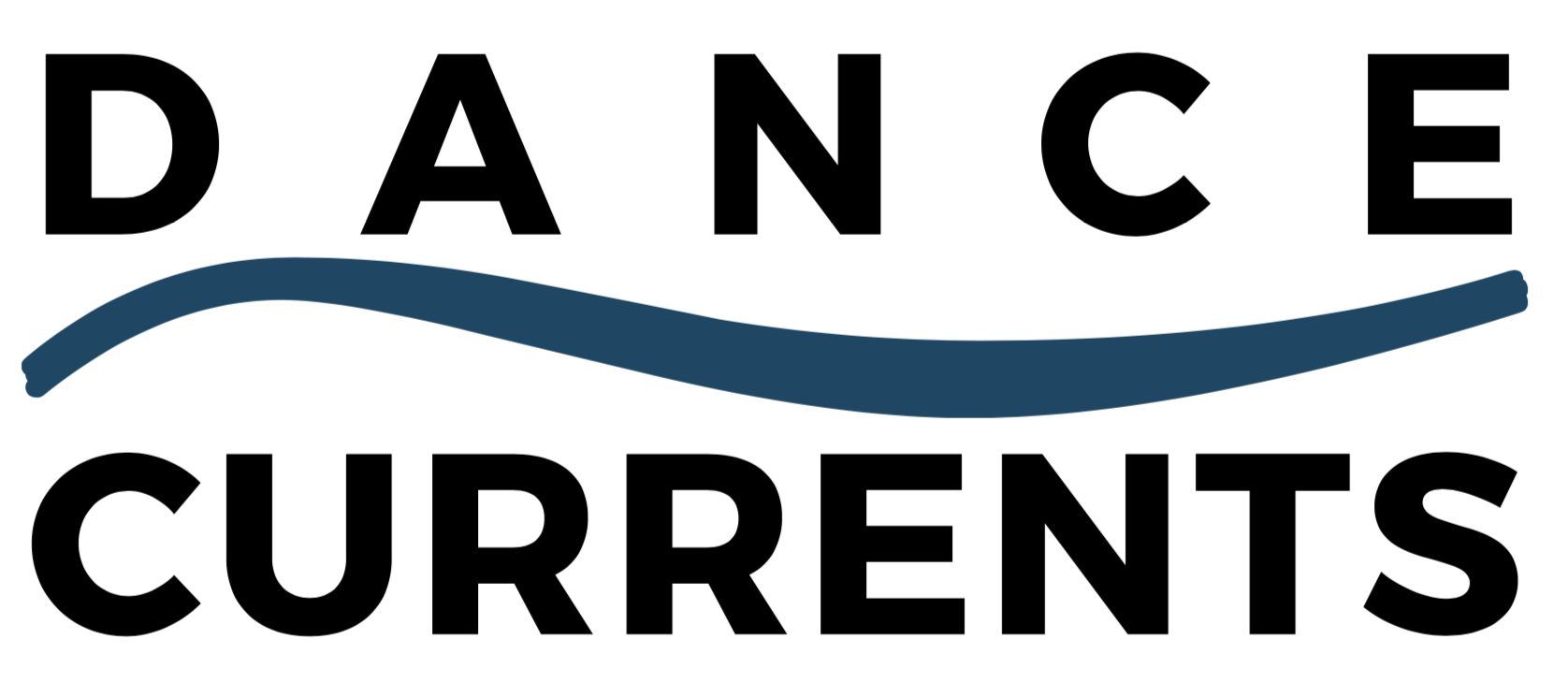Ballet Hispanico is a welcome repeat customer at the Pittsburgh Dance Council. Things have changed over for its 50-plus years, though, but for the good. It has always been a strong group, the leading Latino version of Alvin Ailey American Dance Company in the way it reached out beyond the stage, determined to please the audience.
Sometimes that go-for-broke approach was at the expense of the choreographic quality. But this last time at the Byham Theater was different. There was a richness to the trio of works, educating the audience as to Ballet Hispanico’s heritage, but pairing it with a surprising depth that captivated at another level.
The program began with Annabelle Lopez Ochoa, who is currently one of the hottest and prolific choreographers working today. I have been a great admirer of hers, noting her success with the Scottish Ballet, Dance Theatre of Harlem and English National Ballet.

Certainly this latest work, a hybrid flamenco called Lìnea Recta, was created with great skill. And the dancers, even beginning with their backs to the audience, wasted no time in dazzling as the women manipulated long red ruffles with panache.
But of the three works, Lìnea Recta had a slick touch of Vegas flair, which detracted from its impact. This was a surface dive into the deep-throated, soulful flamenco style. While the audience could admire the dancers’ technique (they were exceptionally well-rehearsed), the lacy transitions and the men’s uncannily precise unisons could not sustain the lack of intent.

Credit…
Andrea Mohin/The New York Times
Michelle Manzanlanas’ Con Brazos Abiertos took things up a notch. It, too, was a hybrid work, taking the iconic Mexican sombrero, a symbol of a playful and colorful culture, but underscoring it with memories of Manzanlanas’ childhood in Texas, one that, for her, as a Mexican American, awkwardly bridged two cultures. But this mix gave it a richness and substance that gave the piece a wide-ranging display of emotion.
While the first two pieces were attractive, it was the final work,Gustavo Ramírez Sansano’s 18+1, that best indicated where this company is headed. It had a pungent Latin flavor, telegraphed by Perez Prado’s wonky, yet delightful mambo score. Did Ohad Naharin use Prado’s music in Decadance, particularly that oddball, very funny ballroom section with members of the audience?
I was intrigued with the different approaches used by these choreographers. Ramírez Sansano put the rhythms in sharp relief through slicing arm movements and directional changes, whereas Naharin virtually ignored them, allowing the dancers and their partners to find their own individual ways to respond.
Both casts wore unisex suits of a sort. Naharin preferred baggy black with a white shirt and derby, while Ramírez Sansano chose a casual take on a gray tux with tails and culottes. He had an almost giddy choreographic interpretation to pair with the outfits. So we saw squiggles across the stage floor, windshield wiper arms and a zany mambo that almost descended into organized chaos. It was the kind of sophisticated, yet fun finale that sent the audience out the door with a collective buzz.



Recent Comments